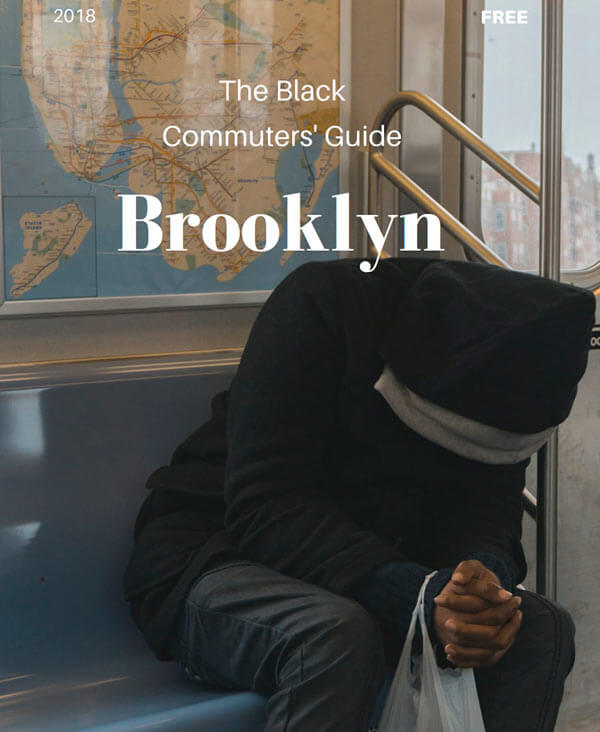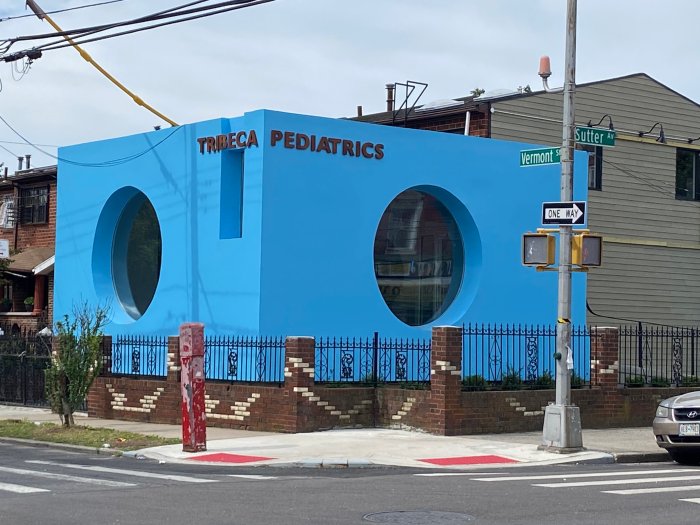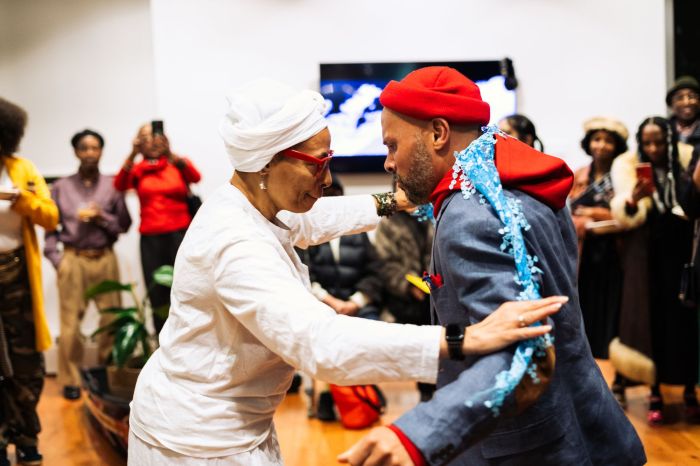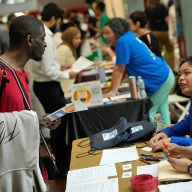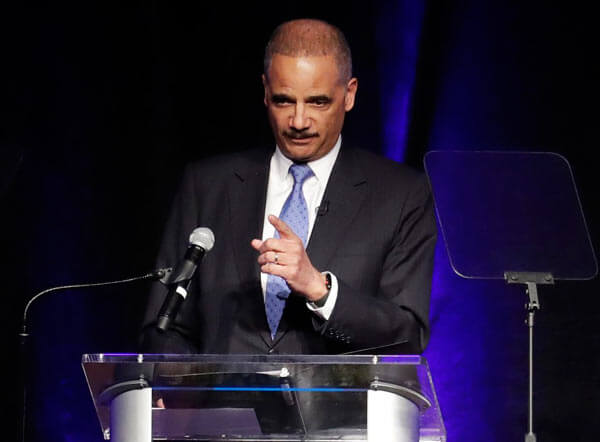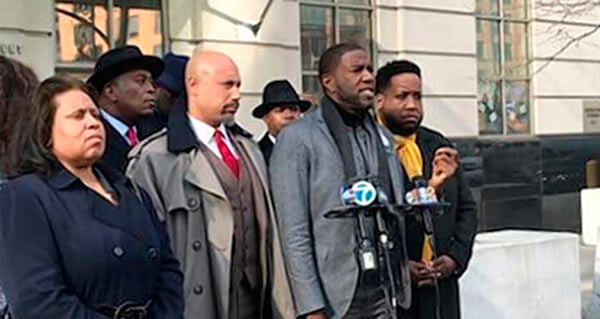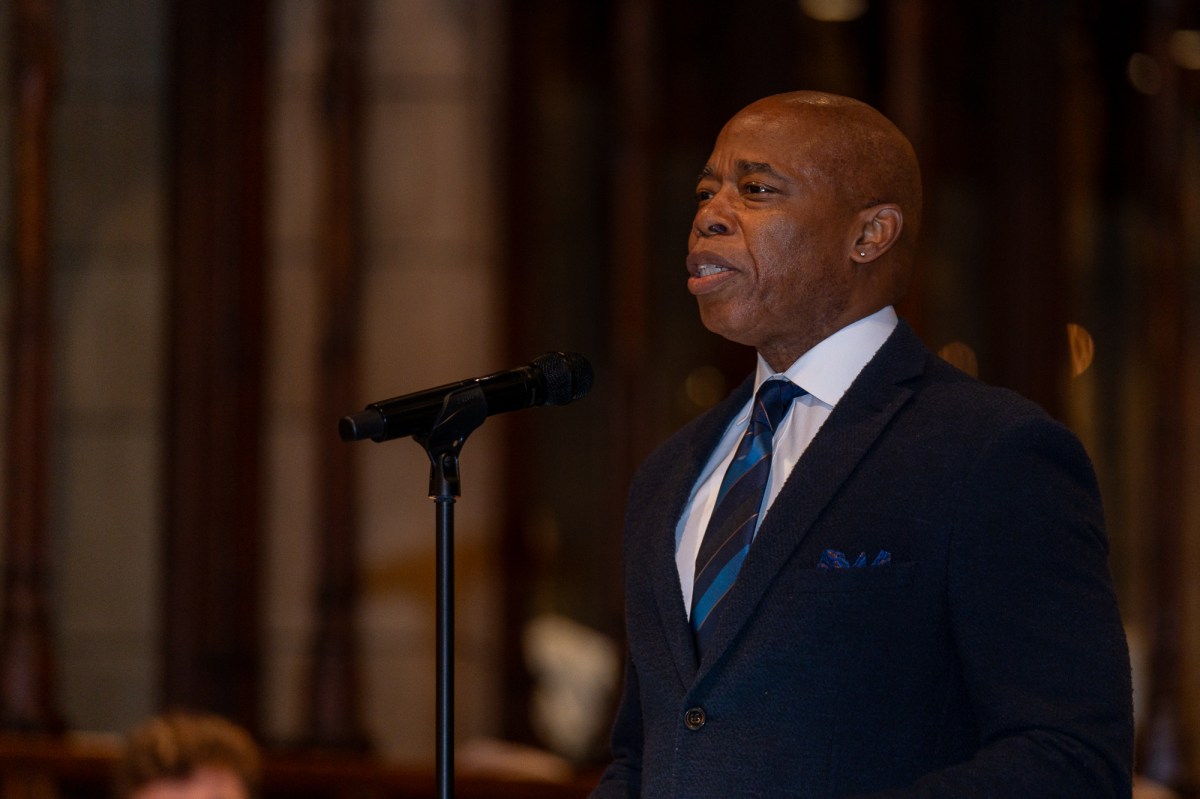It’s a handbook for commuting while black.
A social justice community organization recently released a book to help black New Yorkers navigate the city’s subway system. The National Action Network’s “Black Commuters’ Guide: Brooklyn” is a comprehensive book that highlights the disparity in fare evasion arrests in Brooklyn, and the stations where they are most likely to happen. The creator behind it all says despite the multiple disciplinary options transit officers can consider before cuffing offenders, those options are not being enforced and it is “the reason I created the book is because the numbers of black people being arrested for fare evasion is unconscionable,” said Brandon Hicks.
When police catch someone evading a fare they can issue them a warning, a citation, or arrest them. The latter is the stiffest penalty and the first option for black offenders, he added.
“Either this is implicit bias or they are deliberately preying on black people, because the numbers are not reasonable,” said Hicks. “The harshest crime is arrest and that is always the case for black people.”
The guide pinpoints stations at Atlantic, Livonia, and Sutter avenues along the L train line, and the Junius Street station on the 3 train line, as the central areas with the highest arrest rates. All are in East New York and Brownsville — two predominantly black and low-income neighborhoods, said Hicks.
The police department’s Transit District 33, which accounts for booking the vast majority of the fare jumping offenders, and covers central and eastern Brooklyn and parts of Queens, also includes Bushwick and Bedford-Stuyvesant.
In 2016, out of all of fare evasion arrests, 90 percent of those were people of color and 60 percent of them were black, according to Hicks. And the overwhelming demographic group subject to being apprehended are young black men between the ages of 16 and 36.

Hicks said that black commuters face an insurmountable challenge against this type of policing and feels even if the arrests are warranted, he strongly believes poverty but mostly anti-black policing plays a bigger role.
“I’m looking at the numbers, and if most people being arrested are black, then we need to stop and figure out the source of these disproportionate arrests,” he said.
The guidebook is an homage to “The Negro Motorist Green Book,” published during the Jim Crow era to alert black travelers on sundown towns, interstates, cities, and lodgings they could safely accommodate during segregation. But also it will alert black riders of the issue and know where to keep a look out for arrest.
“We are hitting the pavements and already handing these out around these communities and organizations — Brooklyn needs to be aware of these places and where arrest rates are higher,” he said.
The group has tried to meet with the captain of Transit District 33 but has been unsuccessful in setting anything up, said Hicks.
Hicks overall mission is to discuss the matter with the head cop of the district and determine a feasible solution that will decriminalize fare evasion, and help gradually decrease the number of arrests and reduce the crime itself.
“We want to arrange a moratorium of Transit District 33, because these numbers are disproportionate and we have enough information to act,” said Hicks. “If the police can’t enforce in a non-bias manner, we need to put that on hold for a while because there’s no reason why you should be arrested for nonviolent offenses.”



